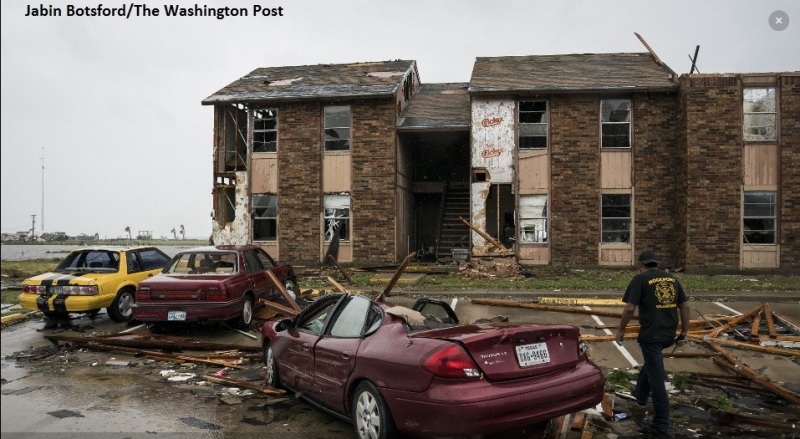kipfoot
Structural
- Oct 25, 2007
- 493
Some construction methods were revealed by the hurricane winds in Rockport Texas. Comparison of news photos with google maps shows catastrophic (and perhaps fatal if the residents didn't evacuate) damage at wood framed apartments. I"m not from this area, but if I've correctly identified these apartments, they're a block from the water's edge and stylistically look like they're from the 1980's. Veneer brick pulled off. Roof sheathing and trusses lifted. Celotex sheathing.
look at street view google maps: salt grass landing apartments rockport tx
washington post (scroll down to 'photos') article link
look at street view google maps: salt grass landing apartments rockport tx
washington post (scroll down to 'photos') article link

